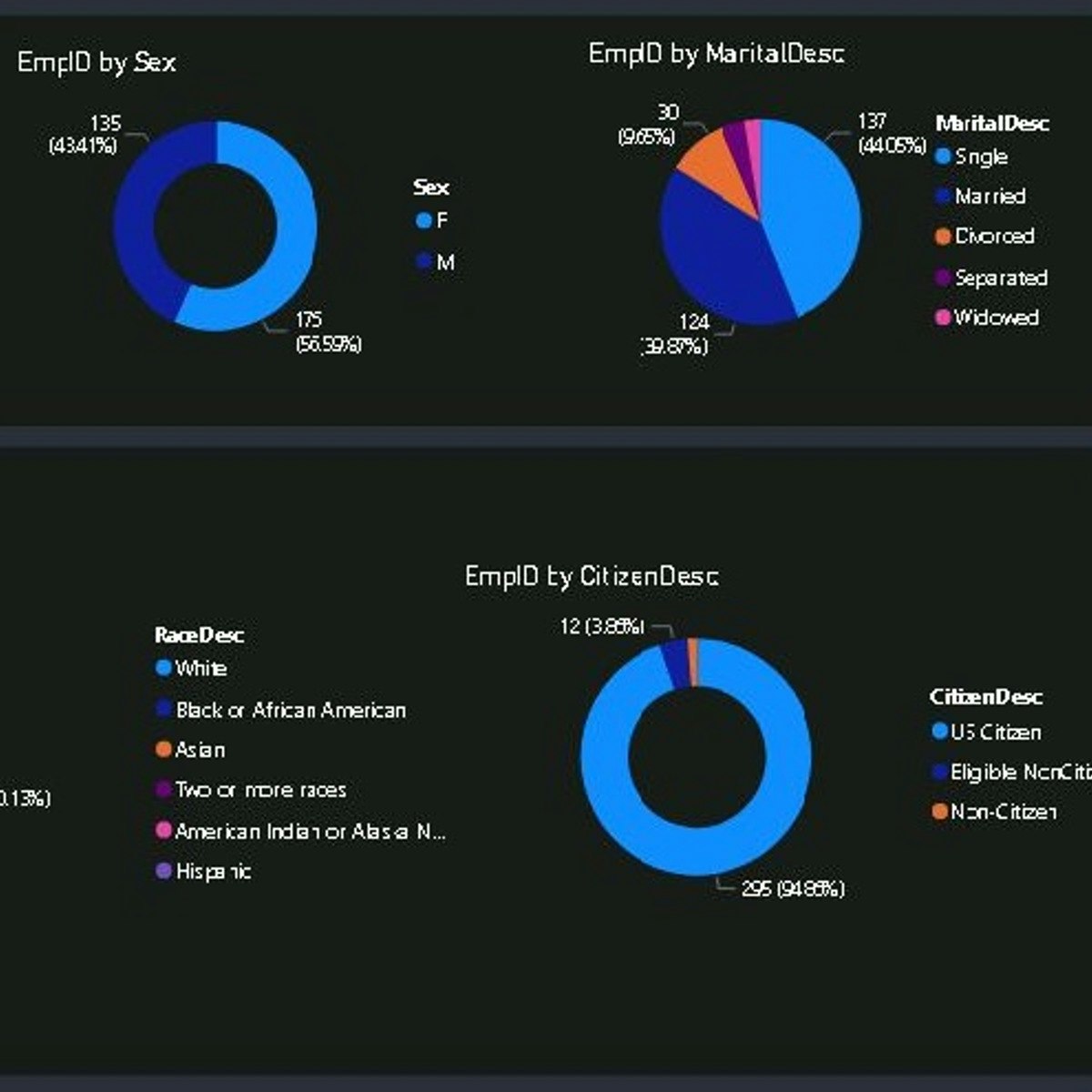Back to Courses









Leadership And Management Courses - Page 22
Showing results 211-220 of 600

Creative Design, Prototyping, and Testing
Designing the customer and user experience is essential to creating great products today. Gone is the old paradigm of “form follows function” model of design. The process must be iterative and follow the best product design and development processes. While designing a great user experience can be a lengthy and expensive process, there are approaches to doing it faster and smarter, without compromising results.
This essential product management course explains key design thinking principles around personas, story mapping, and prototyping. Product managers need to know and appreciate product designer tools and processes. By combining these principles with good scrum processes, you’ll learn to create great products that don’t sacrifice design for functionality or feasibility.
This course enables students to transition from ideas to prototyping and concept testing of their products and services. Students learn how best to effectively translate ideas into marketable offerings so that the best product and service ideas are harnessed and create real value for customers and the organization. Emphasis is placed on an integrated and interdisciplinary approach to engineering design, concurrent engineering, design for manufacturing, industrial design, and the business of new product development. Topics include design methods, modeling and simulation, material and manufacturing process selection, platform and modular design, mass customization, planning and scheduling.

Growing Team Members
Welcome to Leading StandOut Teams: Growing Team Members!
This course explores how to get more skilled at inviting, allowing, and supporting team members to stretch beyond their current responsibilities. By the end of the course, you will be able to guide your team members to step out of their comfort zones and grow in using their strengths.
By the end of the course, you will be able to:
- Explore how to get your team members to step out of their comfort zones.
- Learn how to intentionally match your team members with projects that enable them to use their strengths.
- Expand the definition of what career growth actually involves and help team members know what's next on their career journeys.
Modules Include:
One: Trying New Things. Become more skilled at inviting, allowing, and supporting team members to stretch beyond their current responsibilities and step out of the comfort zone.
Two: Strengths-Based Projects. Explore how to intentionally match your team members up with projects that enable them to use their strengths.
Three: Growing Team Members’ Careers. Expand your interpretation of what "career growth" actually involves and provide you with a simple approach to ensure that your team members feel they are moving and shaking and know what's next on their career journey.
This is a beginner's course, intended for team leaders with an interest in Leading StandOut Teams. It includes lecture videos by StandOut Strengths Coaches, practice quizzes, graded quizzes, peer-reviewed assignments, discussion prompts, and activity guides to facilitate ongoing learning and provide a structure to make sense of learning so that it can be embedded into real change.
To succeed in this course, you should be willing to self-reflect and open to shifting perspectives. Making the effort will result in a positive and fulfilling response. The final project in this course is a required peer review, where you are expected to review, explain in detail, and assess the learning you have obtained.

Introduction to Economic Theories
Wondering why economists have not predicted serious financial crises? Shocked by economic assumptions of human behavior as self-centered and focusing only on what can be measured? Asking yourself if there are no sensible economic alternatives to free markets? Then you are at the right place to learn economics!
This is the first online course that teaches economics from a pluralist perspective. Economic pluralism means that a plurality of theoretical and methodological viewpoints is regarded as valuable in itself and is simply the best way in which economics can make progress in understanding the world. This MOOC will illustrate economic pluralism not only in substance but also in form. You will see not only me, a Professor of Economics, but also a pop-up Prof of our business school, who illustrates the actor perspective of firms, government and civil society. And you will meet an online student, based in Greece, who will help you through the tutorial videos in which I will explain key concepts, tools and techniques.
I will not limit myself to the dominant theory, as almost every other course does. Instead, I will introduce you to four very different economic theories for the whole set of standard topics in microeconomics and macroeconomics. The theories are presented every time from broad and more interdisciplinary to narrow and more mathematical. The four theories that I like to introduce you to are Social Economics, Institutional Economics, Post Keynesian economics and, at the very end of each topic, Neoclassical Economics, for the special case of ideally functioning markets. But not everything is different in this course. Like every economics course, it includes numbers, diagrams, tables, equations, and some calculations.
Why would you go through the effort of learning the basics of four theories instead of one? Because it will help you to see why many economists cannot predict crises, whereas others can see signals but are often not being listened to because they do not belong to the dominant school of thought. It will also enable you to see that it is just one theory claiming economic agents to be self-centered and focusing on the measurable only. Other economic theories go well beyond these limitations. And, finally, the pluralist approach will provide you with policy alternatives to neoliberalist policies promoting free markets.
The objective of this course is twofold. First, to enable you to understand different economic viewpoints, linked to important traditions in economic thought, and basic economic concepts belonging to these theoretical perspectives. Second, to enable you to do some basic economic calculations that are important in economic life, such as calculating an inflation rate, and in economic policies, such as estimating the rough gains from trade for both trading partners, and in economic arguments, such as in calculating utility maximization with given prices and budgets.
Please note that if you do all course elements, total course load is likely to be 4 ECT (approx. 134 hours).
I hope you will enjoy the course!

HR Analytics- Build an HR dashboard using Power BI
In this 1 hour long project, you will build an attractive and eye-catching HR dashboard using Power BI. We will begin this guided project by importing data & creating an employee demographics page that gives us the overall demographic outlook of the organization. We will then create pie charts and doughnut charts to visualize gender & racial diversity. In the final tasks, we will create an employee detail page that will provide you with all the important information about any employee with just a click. We will also explore buttons, themes, slicers & filters to make the dashboard more interactive & useful. By the end of this course, you will be confident in creating beautiful HR dashboards that you can use for your personal or organizational purpose.

Sustainable Business: Big Issues, Big Changes
This is class 3 in the MOOC specialization, Become a Sustainable Business Change Agent.
This class looks at the big issues companies are fixing - climate change, water, worker satisfaction and supply chain issues.
You will learn tools to help your company address these issues intelligently.
The class ends with an assignment to set a science-based carbon reduction target for a small company. Tis is absolutely cutting edge material. Only about 300 companies in the whole world are doing this as of July 2017. You could put your company in the elite group!
With the knowledge and tools you have acquired from the 3 classes in this specialization you are well on your way to making a difference in your company, and making the future brighter for everyone.
Thank you for being part of this program!

Business Implications of AI: A Nano-course
In the Business Implications of AI: A Nano-course, you will learn what Artificial Intelligence is, from a business leader's point of view.
All the below questions will be answered during the course:
* How shall we, as leaders, understand it from a corporate strategy point of view?
* What is it and how can it be used?
* What are the crucial strategic decisions we have to make, and how to make them?
* What consequences can we expect if we decide on doing AI projects and what kind of competencies do we need?
* Where shall we start, and what could be a good second as well as a third step?
* What implications for the organization can we expect?

Introduction to Social Media Analytics
Social media not only provides marketers with a means of communicating with their customers, but also a way to better understand their customers. Viewing consumers’ social media activity as the “voice of the consumer,” this session exposes learners to the analytic methods that can be used to convert social media data to marketing insights. In Introduction to Social Media Analytics, learners will be exposed to both the benefits and limitations of relying on social media data compared to traditional methods of marketing research. Partnering with a leading social media listening platform, this course provides learners with the foundational skills of social media listening including the creation of monitors and common social media metrics. Moving beyond social media listening, this course shows learners how social media data can be used to provide insights into market structure and consumers’ perceptions of the brand. Learners will have the opportunity to assess data and discern how to "listen" to the data by watching video lectures and completing activities, practice quizzes, discussion boards, and peer assessments.

Coaching Conversations
Throughout the Coaching Skills for Managers specialization, we’ve discussed many topics for improving coaching conversations with our employees. It is now time to put all of that theory and discussion into practice and examine great examples of common coaching conversations!
Note: This course builds on all previous courses in the Coaching Skills for Managers specialization. It is highly recommended that students complete or be familiar with the topics covered in those courses before taking this course. In particular, you should be familiar with the coaching strategies and tools discussed in previous courses (such as the 5 whys technique, resisting what is, among others), and should have a full understanding of the Thought model and the various components of it: circumstances, thoughts, feelings, actions, and results.
By the end of this course, you will be able to demonstrate appropriate and effective strategies when engaging in coaching conversations with those that you lead. By exploring and analyzing common coaching scenarios that are acted out in this course, you will have a great sense of what works well and not so well during such a conversation. Specifically, you'll be able to better differentiate between a developmental coaching approach and a directive management style, discuss new strategies and techniques for dealing with both mind set and skill set gaps, describe how to use the feedback loop effectively in a conversation, and demonstrate the use of good questioning techniques and the thought model to not only help an employee identify issues, but help the employee really change their thinking.
The final assignment is all about actually having a coaching conversation with another person where you can apply everything you've learned in this course and throughout the Coaching Skills for Managers specialization. Again, it is highly recommended students complete the other courses in the specialization before taking this one. This peer review assignment, in particular, will be difficult to complete without knowledge of the topics covered in these courses.
After going through the course materials and completing the assessments, you will be able to have more effective one-on one-coaching meetings with those you manage and deepen your understanding of the essential practice of coaching conversations.

Build Customizable Sales Presentation Graphics using Canva
By the end of this project, you will have the ability to develop and design a target market analysis graphic, a sales CRM workflow graphic, and a data chart graphic using Canva. A web-based graphic design tool, Canva offers free accounts with broad access to facilitate visual content development. The learner will develop graphics appropriate for use in sales presentations and any other presentations the user deems appropriate.
Note: This course works best for learners who are based in the North America region. We’re currently working on providing the same experience in other regions.

Mediation and Conflict Resolution
Mediation is a crucial means to reaching peaceful and agreed solutions in today’s world – on an international, political, industrial, peace-keeping or social level.
With the course you will be able to choose and lead a mediation process. You will gain a deeper understanding of workplace and international conflict resolution. Fundamentals of Negotiation are required to complete this MOOC. You can acquire them through our MOOC "Negotiation Fundamentals".
After this course, you will be able to:
Define what a mediation is and choose when to use it;
List different types of mediation;
Identify typical challenges and difficulties that most mediators face;
Choose the adequate strategies within a repertoire of options;
Identify the do’s and don’ts in mediation.
This MOOC offers video lectures from leading experts, interactive questions, case studies, practice and graded quizzes.
Designed as a logical follow on from the suite of ESSEC IRENE online courses in negotiation, this course about mediation and conflict resolution teaches a whole set of additional skills and approaches. Developed by one of Europe’s leading institutes of research and education in negotiation and mediation, ESSEC IRENE, this course provides you with a meaningful and effective bouquet of practical cases, tools, approaches and skills to put your mediation into high-impact practice.
Popular Internships and Jobs by Categories
Find Jobs & Internships
Browse
© 2024 BoostGrad | All rights reserved